Invented by Tuvi Orbach, Individual
Needs-matching navigation systems are designed to provide users with customized routes and recommendations based on their individual requirements. These systems take into account factors such as traffic conditions, weather, and personal preferences to provide the most efficient and enjoyable driving experience possible.
One of the key benefits of needs-matching navigation systems is their ability to save time and reduce stress for drivers. By providing real-time updates on traffic conditions and suggesting alternative routes, these systems can help drivers avoid congestion and arrive at their destination faster. This can be especially useful for those who frequently commute or travel in busy urban areas.
Another advantage of needs-matching navigation systems is their ability to provide personalized recommendations for restaurants, gas stations, and other points of interest. By analyzing a user’s past behavior and preferences, these systems can suggest locations that are likely to be of interest, making it easier for users to find what they need and enjoy their journey.
The market for needs-matching navigation systems is expected to continue growing in the coming years, as more consumers seek out personalized and efficient navigation solutions. Companies such as Google, Apple, and Garmin are already investing heavily in this area, developing new technologies and features to meet the needs of modern drivers.
However, there are also challenges to be addressed in the development of needs-matching navigation systems. One of the biggest concerns is privacy, as these systems often require access to personal data in order to provide customized recommendations. It will be important for companies to ensure that user data is protected and used ethically.
In conclusion, the market for needs-matching navigation systems is a rapidly growing area of the tech industry. As consumers continue to demand more personalized and efficient navigation solutions, companies will need to invest in new technologies and address privacy concerns in order to stay competitive. With the right approach, needs-matching navigation systems have the potential to revolutionize the way we travel and make our lives easier and more enjoyable.
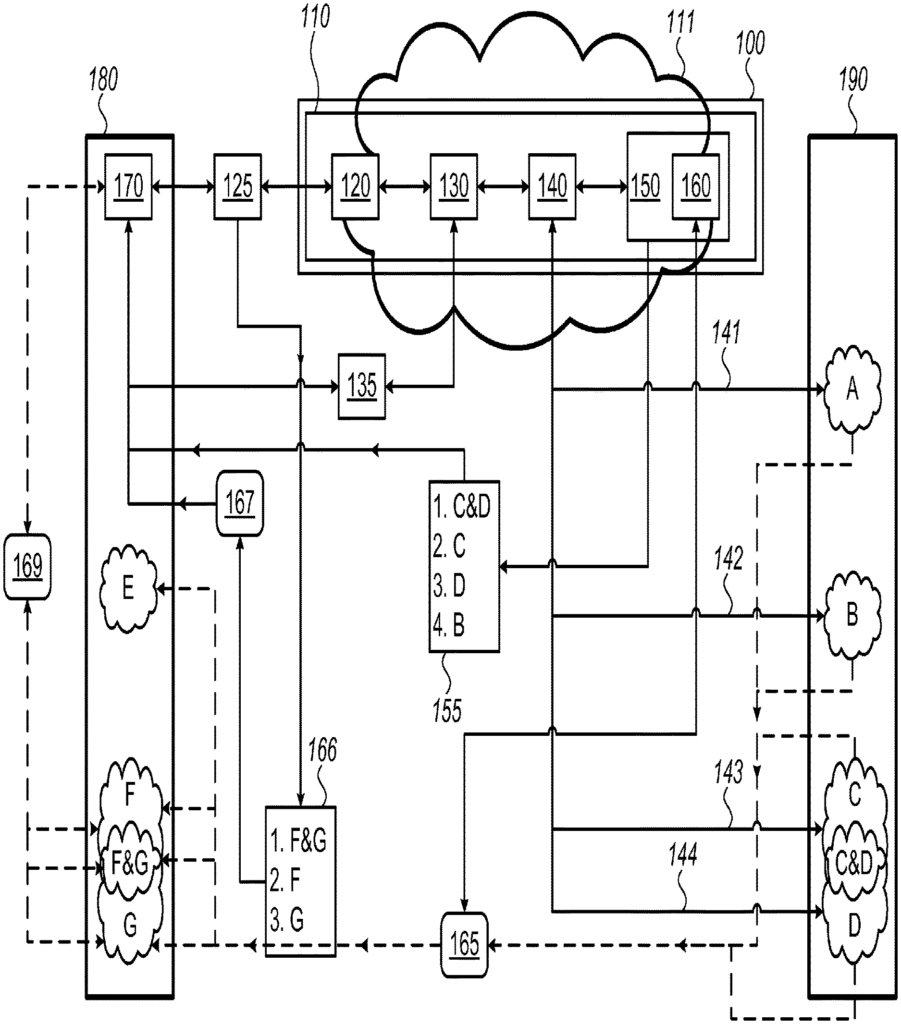
The Individual invention works as follows
The system is a needs-matching navigator and social network facilitator that includes, for a large number of users, software modules on platforms and devices with electronic communications capabilities. The modules go beyond altruistically improving flourishing life horizons, life quality metrics and the like. They facilitate (A), knowing respective user biases, profiles, perspectives, wellbeing orientation and privacy preferences; (B), understanding user needs descriptions and wellbeing criteria; C), finding answers and solution to the needs, by biased projecting user description onto electronically-stored knowledge-bases; D), matching the user with the answers, and (E), creating an instant electronic communication interactive community for each user by inversely projecting large subset This navigable community can be divided into castes with varying degrees of expertise, experience and/or curiosity regarding these answers and solutions.
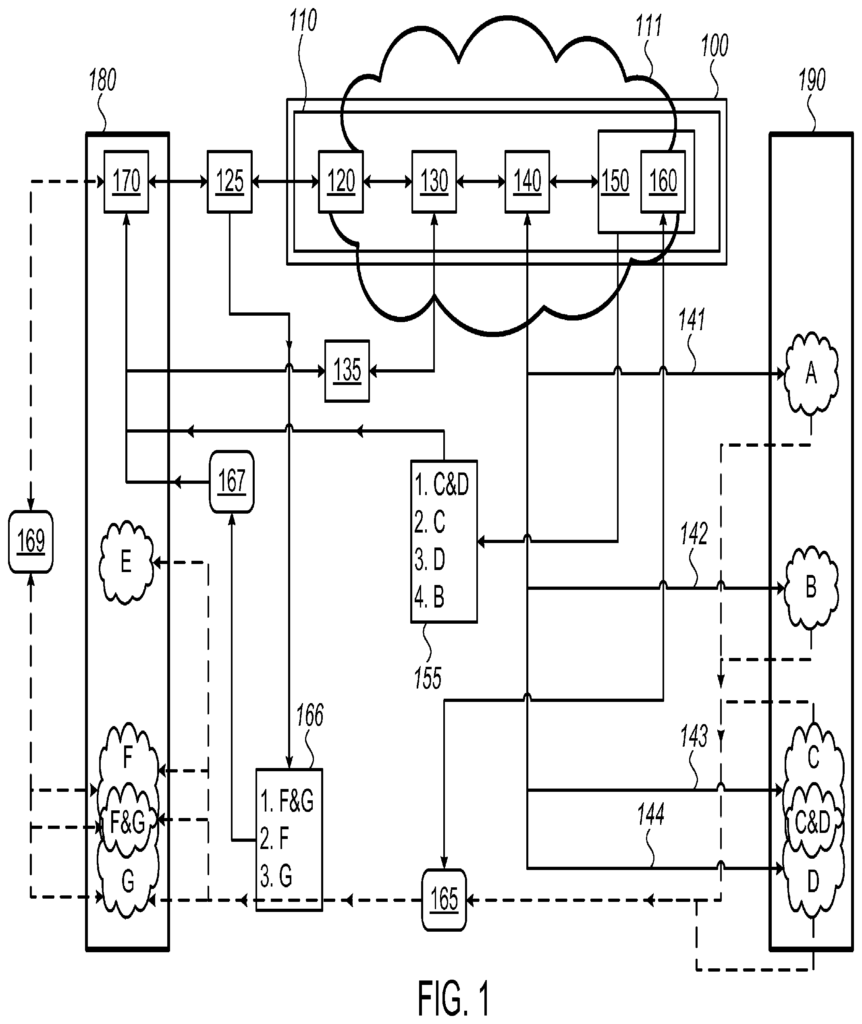
Background for Needs-matching navigation system
In order for the Needs Matching Navigator System to be appreciated as a new and useful system, it is important to look at some basic metrics. It is important to examine some of the basic metrics, such as “best”, “life-beneficial”, and even “orientation”. These terms and others (which will be explained hereinafter), will be used to depict aspects that may be helpful to a user in order to increase their long-term level of life-flourishing; metrics that can often convey vastly differing quantitative and qualitative values. To teach MNS embodiments many subjective evaluations will be objectified within their respective contexts.
For example, ?search engines? Generally, search engines are designed to respond to user queries. These queries are usually expressed in key words. They are also understood to be a collection synonyms and phrases that are constructed from these words and synonyms.
Search engines tend to bias their results towards certain queries based on a predetermined preference. Some search engines bias ?answers? According to commercial interests, such as competing advertising campaigns. Other search engines may bias “answers” According to an evolving guess of the profile (user) of the user. User profiles are usually built by combining the key words of the user’s query with the profile information provided by the user. In practice, the user’s profile is often combined with assumptions about external profile information that are likely to be descriptive of the person asking the question. Internal search engines, such as those at call centers, operate in a context of service agreements and customer contracts. They also have supplier specifications, management policy, and documentation libraries that are either constantly updated or out-of date. In most cases, a search engine’s answer is biased towards the interests of its owner. This can be at the expense to the user by presenting biased results.
Even if a search engines were trying to be altruistic and provide the?best? “Even if a search engine were to provide a?best? The word ‘best’ can have many different meanings, both subjective and objective. The simple concept of?best’ For single-variable equations, a good result can be a maximum value or a minimal value. Finding ‘best’ can be a little more difficult for multi-variable equations or more typical sets of simultaneous equations. You can reduce the number of variables in a problem by reducing it to a small number. Examples of dual aggregated variable are?risk’ and?reward,?psychological? Examples of dual aggregated variables include?risk? and?reward?,?psychological’ and ‘physical?,?cost? “Psychological” and “physical”, as well as “cost” The same goes for ‘benefit’ and ‘cost? Even though such a transformation appears objective, subjective factors will always affect the quantification of these assignments. In order to achieve an optimal balance between two aggregated variables while simplifying mathematics, it is common for subjective biases to be introduced. into doubt. The abstract user ‘query?’ is a multivariate problem. Even if multivariate problems (the abstract user?query?) could be objectively quantified, and mathematically optimized for long-term operations where many decisions are made, the best strategy might not be the sequence in which the best choices were made. The famous chess gambits, sacrifices, and battle diversion, as well as the “false flag” are all examples. attack in politics. Searching for complex solutions in marketing, health care and game theory as well as complex industrial fabrication protocols is a common practice. A novel heuristic can often find a better example than an accepted “best practice” teaches.
The ‘culture’ of the user (who brings the query), the search engine or expert (who answers the query) and how the temporal resolution of each issue is considered are all inherent in this “exploring the complexity” of finding the best solution to a complex multivariate problems. The user (who submits the query), the expert or search engine (who answers the request), and the way in which the time resolution of each issue is considered (returning back to the mathematics and logic underlying the question-answer imbalance) are all factors that affect the culture. This issue can be illustrated with a single example. If standard medical protocol states that the best practice for a patient who has symptom “A” is to treat them with procedure “B”, then the attending physician should still (at least) ask if this is true of a five-year-old as it would be a ninety-five year old. The attending physician must still ask (at the very least) if this is true for both a five-year-old patient and a 95 year old. This type of strategic mistake can be seen in many case studies in corporate history, and in the analysis on the decline of nations or empires.
Simply put, the art has a long-standing need for improvement in the context appreciation of the ‘best? When sorting responses to a question, it is important to consider the circumstances of each individual. In the beginning of this article, we asked: “life-beneficial?” Even ‘orientation’ “Metrics” can be used to describe aspects of knowledge management.
While a need for human-centric data systems is often summarized in a terse manner, prior art discussions are relevant, interesting and important. They even include social networking. Examples of typical examples include:
There are many search engines, heuristics, and systems that consider (or can be used to determine) whether needs match; especially if needs could be understood and expressed, and in particular if a questioner (user)’s?life-beneficialness? ?orientation? It could be re-configured to create a cloud of potential answers. In other words, in the art and science of matching needs, it is necessary to improve needs expression, understanding, “life-beneficial”? ?orientation? Convolution, stratification of answers, etc. There is also a need to “best” the answers after arriving at what may be the best possible set. At least one of the answers should be matched to a real world opportunity that can lead to a realization.
Returning back to the medical example, the first step in a ‘best? The first part of a?best answer? is to know what the ‘best? The first part of the answer is to determine what medical procedure would be ‘best’ Matching that answer with actual availability in the real world within real constraints such as cost, time and so on. In the context of an individual’s circumstances, “life-beneficial” is simply stated. In a user’s context,?life-beneficial? “Navigation of needs-matching” is also a long-standing problem, which seeks improvement.
The abundance of Social Network Facilitator Accessories, each in their own way, is attempting to facilitate a particular advice network. Wikipedia’s definition of “Virtual Community” The Wikipedia definition of?Virtual Community” suggests: VC (social network)?all encourages interaction, sometimes focusing on a specific interest or simply to communicate. Some virtual communities do both. Members of the community can interact through a common passion via message boards, social networking sites or virtual worlds. The article then describes exemplary VCs focusing on health, civic engagement, and communication. All of the examples seem to diverge in terms of scalability as the organizational behavior and economics start to conflict with generalizations of everyday use.
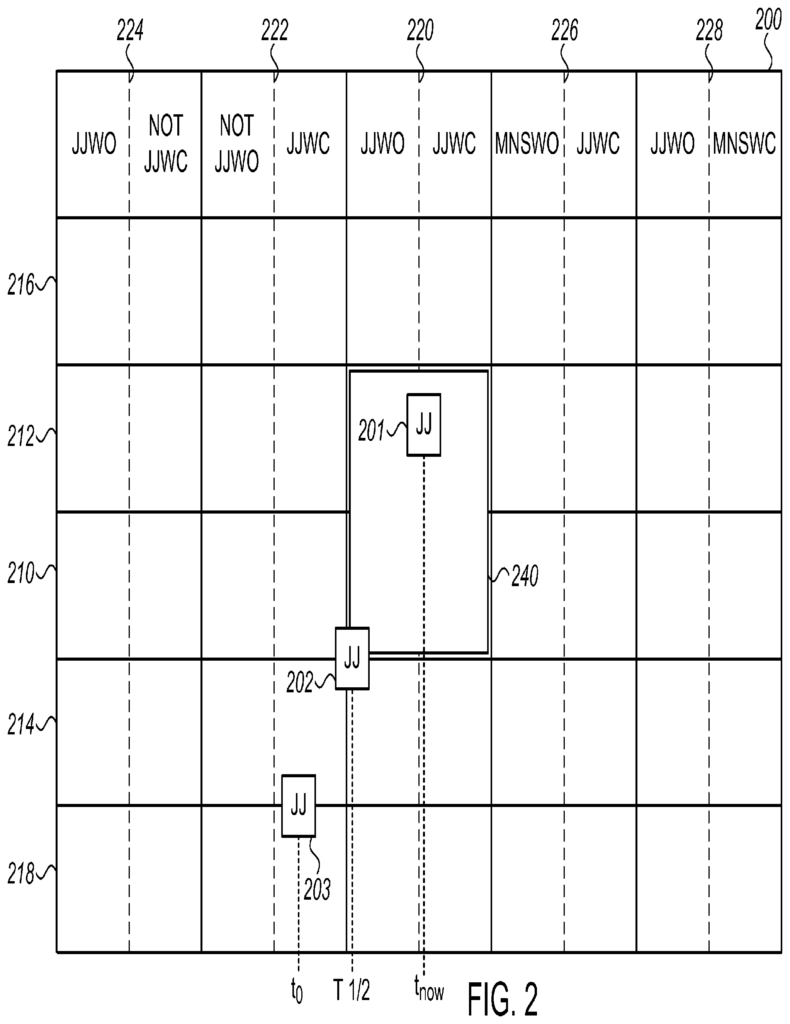
Two of the most recent examples are from Google and Microsoft.
Windows Live Spaces”, originally released in 2004, as ‘MSN Spaces’, was a set of general-purpose tools for users to reach out to others; by publishing their thoughts, photos and interests. The program was shut down in 2011. It offered a variety of tools that allowed users to share their photos, thoughts and interests with others. Windows Live Spaces, among its many fatal flaws, failed to scale into the sparseness that is cyberspace. “Simply enabling interactive web publishing did not meet the amorphous human connectivity needs; nor was it competitive economically with other social networking facilitators.
Google+ (pronounced ?Google Plus? Google+ (pronounced?Google Plus? Google Circles (previously called ‘Google Circles’) is the fourth social network appliance from Google (since 2011), after ‘Orkut’ and ‘Google Friend Connect’ Google Buzz is the fourth social networking appliance (2011-ongoing) after?Orkut? Google Friend Connect? (2010-2011). Google+ serves two purposes; it gives users a social networking tool and provides Google with a central profile for Google Services such as YouTube, Gmail, Google Maps etc. Google+ is a tool that helps Google build a user-tracking monetization profiling. However, it is not clear whether this profile is used to advance user wellbeing.
Furthermore,” since these needs are still unmet, many narrow-purpose social network facilitator systems have been developed, such as the “Social Network-Based Employment Placement System Method” (US 20130073474). The [US 20130073474] is directed to a location-based on-line system that combines social, communication, and security components to assist persons, such as youth, in finding employment and internships within a locality. The disclosed system uses users’ social networks and Geo-location to provide a system that allows job seekers to browse and search for jobs, communicate with other users, and to find employment. The invention (?474) helps job posters and organizations communicate about projects in their hyper-local areas. This ‘474 system is very limited (without prejudice?) The narrowness of this ‘474 system (?without prejudice?)
Accordingly the long-standing need for progress in peer-to-peer communication, according to best-practices of Need-Matching (spontaneously occurring for respective individuals’ issues and circumstances), remains in search of progress, particularly scalable progress. More generally, finding “the one person who can contribute the most to an appropriate solution for a problem that anyone-anyone” is a good way to put it. It would be a milestone in human history, and if we all worked towards that goal (in our heart), it would make the world a better place. No cry for help should be ignored in the face of global communication. And no confusion about the nature of the cry or the particularity of the help should prevent best practices from being applied.
Disclosure of Invention? Contextual Definitions
As an introduction, embodiments of Needs-Matching Navigator System are referred to as “MNS” in this document. It is possible to create, manage, or facilitate a social network for members, to integrate and/or improve ICT, and/or help MNS members to improve their lives. A second objective is to assist MNS users in defining their needs or matching the best solution to those needs. The goal is to help users define their requirements, locate and/or configure the best solutions that match their needs. They can be directed to methods and means of revitalizing their situation. Another objective is to optimize, mature purpose and/or improve the life of MNS users and/or the groups they are a part of.
The styled grammatical references to male and/or female genders are not meant to be interpreted as being gender-specific, biased or restricted in any way.
Now, for convenience of expression, the following alphabetically-listed terms (with their introductory descriptions, discussions, and definitions) relate to instantiations, items, attributes, concepts, and aspects; which are used in the context of the MNS examples and components, and are respectively further described therein.
Appurtenance”: “Any hardware, software or data-product accessory associated with MNS. This includes MNS member social networking; MNS privacy-preserving data-product interaction and access for MNS members; MNS related archives and portals; MNS graphic formats and interfaces; graphic link-organizers and the like.
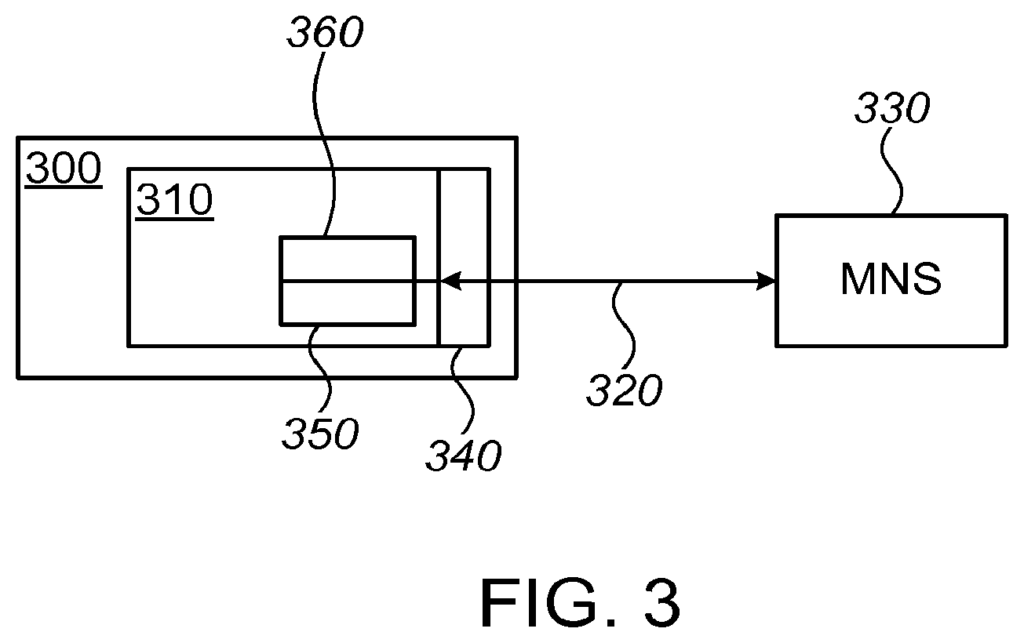
Convolve: To apply one function or definition to another function or definition in order to create a new function or definition. This is derived from simple mechanical uses: to wind, coil, twist, roll, etc. Therefore, to convolve means to convolve something with another thing and/or compute a convolution function that describes it. Being convoluted therefore implies that you are complex, intricate or complicated. Convolutions are a transformation of data sets that is performed by database administrators according to a combination of logical applications and functional ones.
Click here to view the patent on Google Patents.
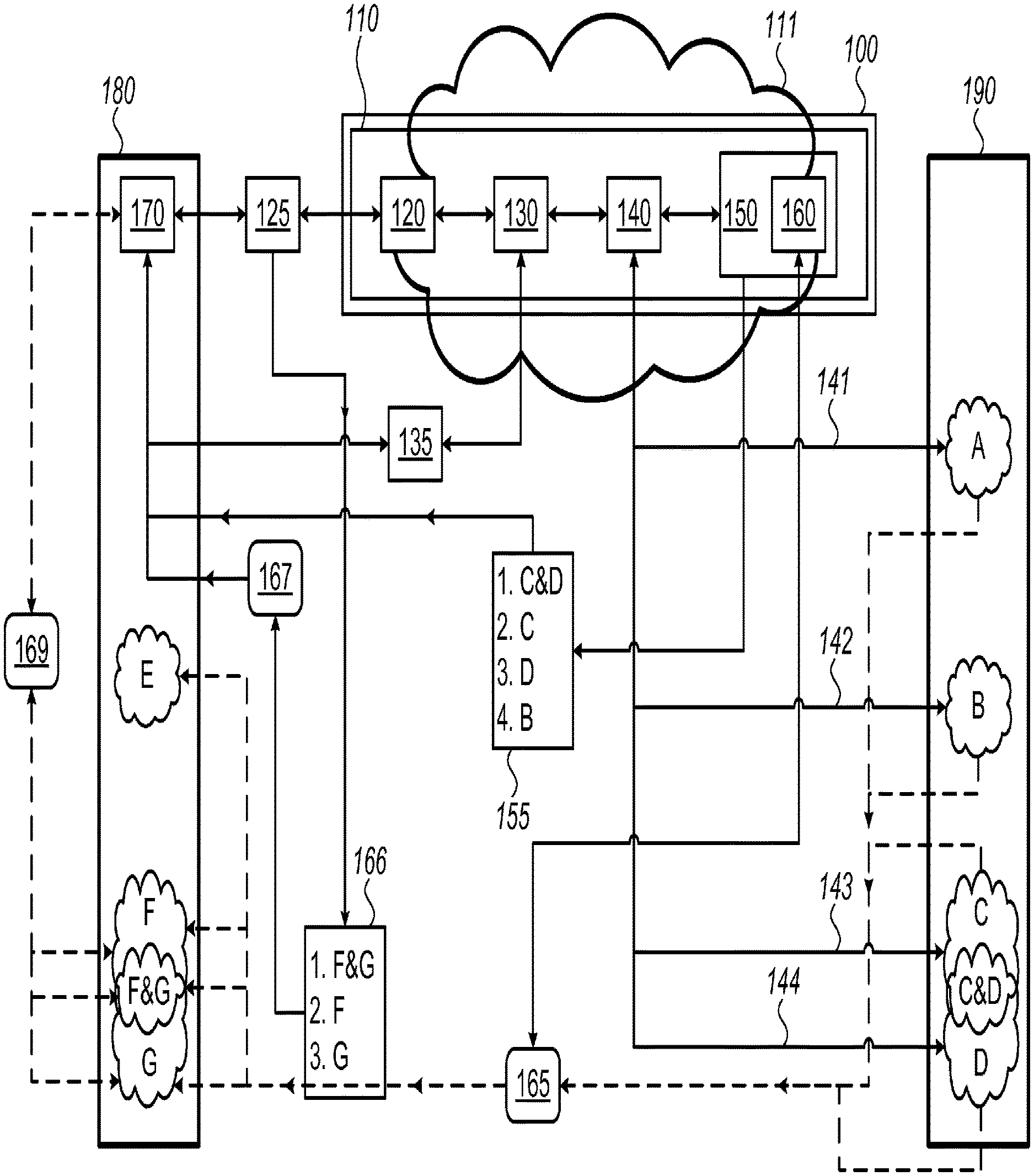
Leave a Reply